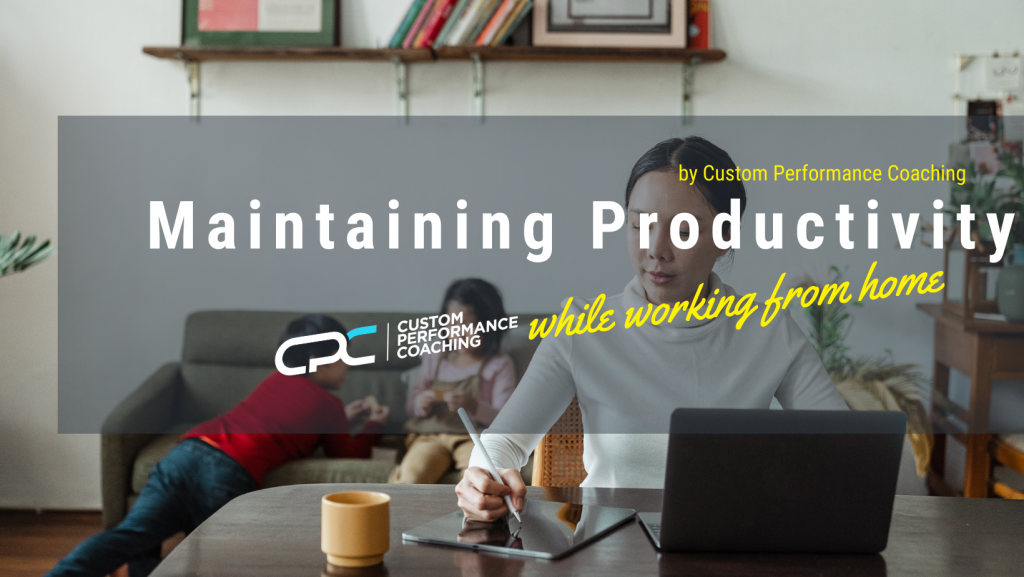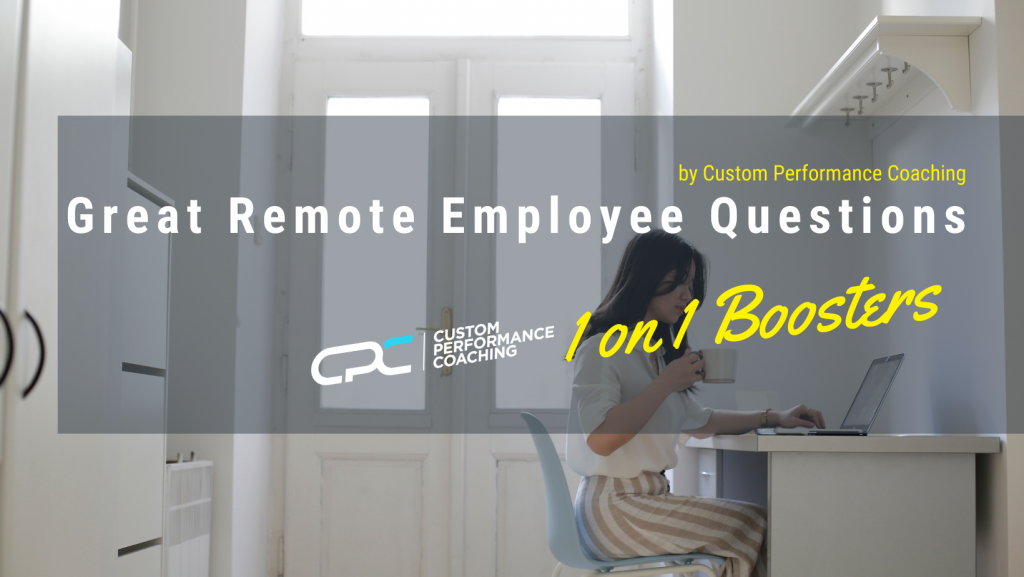When people know what is expected of them and what their priorities are, they can work steadily towards achieving audacious goals.
What are your primary goals this quarter?
People can be extremely busy and still contribute very little to overall company objectives. Helping your employees be strategic by focusing on higher-impact tasks allows them to contribute to the company’s success in big ways. This question lets you get to the bottom of how effective your internal communications really are and how aligned people stay when they work from home.
Are there any projects or issues that you are worried about in either the short- or long- term?
For many, worry eats up much of our energy that could be spent more productively. And when you can’t see our employees sitting a few desks over, it might be impossible to recognize the look of concern without asking upfront. Sharing what makes us uneasy or just getting it out of our minds and into a doc frees up that energy to accomplish the things you really want to be focusing on.
Do you foresee any distractions that might keep you from making progress on your goals?
No matter where a person works, there will always be interruptions. And while there may be outside
distractions that can interfere like reading the news or checking social media, there can be plenty of distractions in a work environment as well. Maybe your employees are receiving a mass influx of slack messages throughout the day or even saying yes to meetings that are taking up too much valuable time. Finding out what is stealing the focus of your employees can present an opportunity to help them better manage their time and avoid these distractions in the future.
Do you feel like you have plenty of autonomy? Is there anything you’d like more guidance on?
Until tested, it’s hard to know just how much you can accomplish on your own. Having direct oversight and not enough challenges can sometimes limit our growth because it can feel safe relying on a person with greater experience and expertise. Studies on
employee autonomy have shown that workplaces that embrace it reap a multitude of positive outcomes, such as higher levels of job satisfaction and fewer intentions to quit. Conversely, zero guidance whatsoever can lead to complete failure, followed by a downward spiral of shame and frustration. Finding the right amount of autonomy is key.
What are you spending time doing that you feel has the greatest and least impact?
We all have to divide our time between tasks that are high impact and those that just have to get done. By analyzing how much time you spend on a project and how high leverage it is, you can start to see the
opportunity cost of our efforts. Asking this question to your remote teams can help them redirect some of their efforts if they aren’t making the best use of time. For example, if your direct report makes $100 per hour and you can outsource some of the more tedious work for a fraction of that cost, do it. That will free up their time to do work that is directly tied to producing more revenue.
Deep Dive Questions
Questions can be a great way to get to dig deeper. Getting to know your remote employees on a more personal level helps you learn what makes them unique.
What part of your role is the most energizing, draining, and purposeful?
Part of being an effective coach for your employees is learning about their unique strengths and abilities. In this three-part question, you can quickly find out what they like and dislike about their role. Asking what parts of their day gives them the most energy helps you understand what’s driving their performance. Learning what your remote employees find difficult or draining can reveal things that might be hindering their growth.
And most importantly, asking what type of work they find most meaningful shares what they’re passionate about.
As remote employees develop in their own career paths, they will naturally be given tasks that they can be trusted to execute well on, but the kicker here is that they may not particularly find enjoyment in doing those assignments. A manager may never know this without explicitly asking. This question can help you find out what specific practices are truly driving their overall
performance and fueling their motivation so that you can curate more opportunities like them.
What challenges are you facing? What wins—big or small—did you have last week?
At FlowyTeam, we often ask this question because it’s important to find out what’s not working well so we can catch issues before they grow out of hand. But most importantly, this question helps you learn what’s going well. Giving your remote employees a chance to share both big and small wins is an important opportunity for you to recognize their hard work. Each experience of receiving thanks or appreciation brings with it a brief moment of gratitude that will contribute to a sustained sense of positivity.
What’s one project you’d like to focus on for an entire week but don’t have the time to accomplish?
Without asking them outright, your remote employees may not ever share with you any of their ideas they feel could be of value to the company. “While we’re all capable of finding new ways to help our company succeed, we may not put in much effort, or feel welcome to, unless creativity is expressly required,” according
to Gallup. While it may be implausible to think you can put aside an entire week’s worth of work, it’s important to share that creativity is something that is expected of them in their role. This question can help lead to great ideas and breakthrough thinking.
When do you thrive the most—when you collaborate with other team members
or when you have time by yourself?
Not every employee has the personality type that allows them to easily speak up when they have something they’d like to say, but as a manager, it’s your responsibility to help your remote employees feel like they have a voice. If your employee tends to be more introverted they often have a preference for space
to develop their own ideas. Managers can use this question to learn about their employee’s collaboration style and create more cohesive relationships between them and their team.
What’s one personal goal that you’d feel comfortable sharing that the company can support you in achieving?
Productive employees will often do whatever it takes to get the job done, going above and beyond. Although this can be viewed as a good way to work, it may not be the most optimized route to take. Not every task should be aimed at fulfilling a business objective—in order to grow, employees must also focus on personal development.
PRO TIP Personal and professional goals don’t have to be at odds with one another. It may seem strange for a manager to support a personal goal, but those are the type of experiences that create strong work relationships and deeper
levels of commitment especially among dispersed employees. In fact, when people feel fulfilled in both realms they bring more energy to work, not less.
What skill would you like to develop or improve?
As technology progresses, new pathways for personal development in the workplace begin to take shape.
But remote workers may not be aware of the resources available to them. Asking these questions helps empower your people to adopt a growth mindset and develop alongside the company rather than apart.



